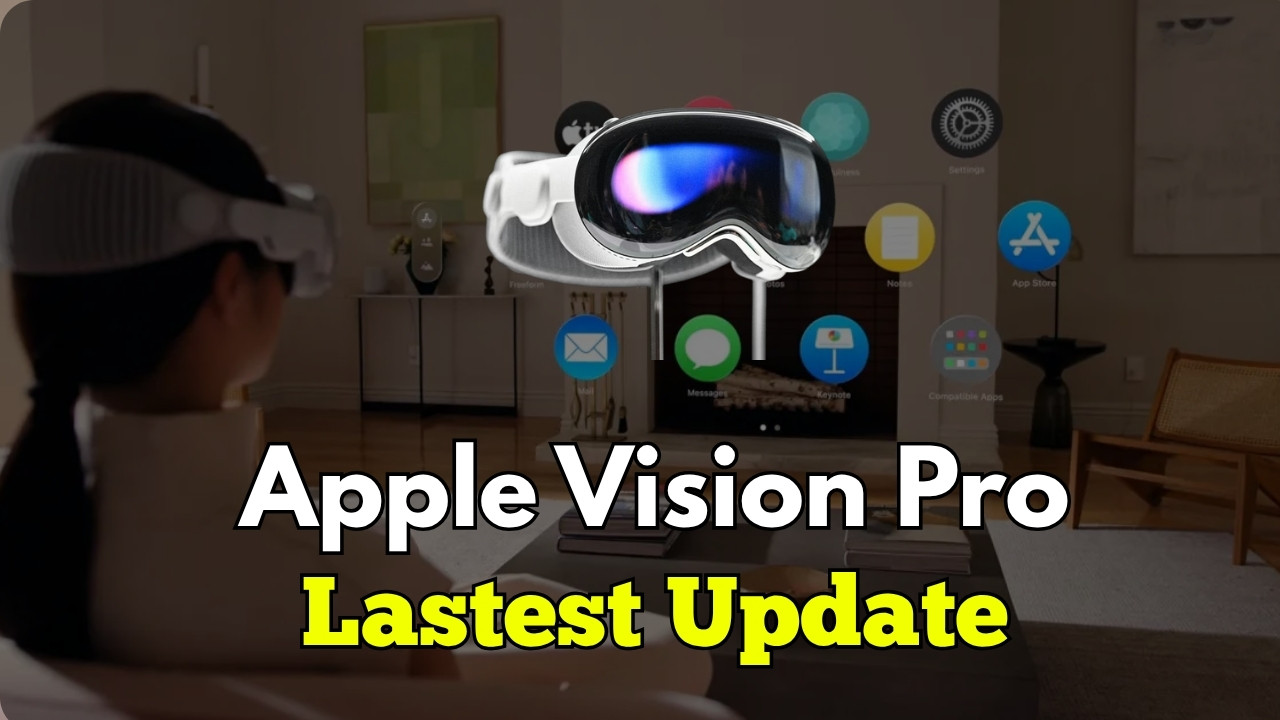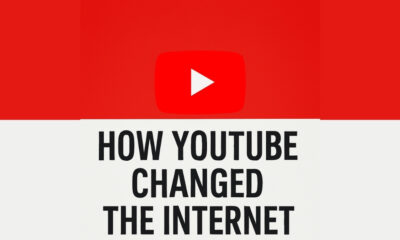Gaming
The Rare Pikachu Illustrator Card

The Pikachu Illustrator Card was released in 1998 as a prize for winners of an art contest hosted by CoroCoro Comic magazine in Japan. Illustrated by Atsuko Nishida, the original Pikachu designer, it features a unique image of Pikachu drawing other Pokémon. It is the only Pokémon card ever to display “Illustrator” instead of the standard “Trainer” label. This card is widely recognized as the rarest and most valuable Pokémon card ever made, held in high regard by collectors and fans alike.
Specifications
| Feature | Detail |
|---|---|
| Card Name | Pikachu Illustrator |
| Type | Promotional / Contest Winner |
| Year of Release | 1998 |
| Issued By | CoroCoro Comic (Japan) |
| Artist | Atsuko Nishida |
| Card Label | “Illustrator” (not “Trainer”) |
| Artwork Description | Pikachu drawing other Pokémon |
| Original Purpose | Art contest prize |
| Total Issued (Initial) | About 20 cards |
| Estimated Total Today | 39 to 41 known copies |
| Graded PSA 10 Copies | Only 1 (owned by Logan Paul) |
| Highest Sale Price | $5.275 million (private sale) |
| Languages Available | Japanese only |
Grading and Market Value
| Grade | Approximate Value | Notable Sale Examples |
|---|---|---|
| PSA 10 | $5.275 million | Sold privately to Logan Paul |
| PSA 9 | $1.3 million | Via trade and cash deal |
| PSA 8 | $480,000–$672,000 | Public and private auctions |
| PSA 7 | $375,000 | Auction sale |
Historical Significance
| Category | Information |
|---|---|
| Event Origin | Art contest by CoroCoro Comic |
| Target Audience | Japanese children (artists/contestants) |
| Cultural Significance | Considered the “holy grail” of Pokémon TCG |
| Notable Owner | Logan Paul (owns only PSA 10 copy) |
| Popularity | Featured in global media and documentaries |
| Counterfeit Risk | Known fakes exist; high authentication needed |
Rarity and Availability
| Detail | Estimate / Status |
|---|---|
| Total Publicly Known Copies | 39 to 41 |
| PSA-Graded Cards | Around 24 graded |
| CGC-Graded Cards | Around 13 graded |
| Still in Circulation | Very few; most privately held |
| Frequently Auctioned | Rarely, due to extreme scarcity |
Why It’s So Valuable
- Historical Importance: Direct link to early Pokémon TCG history.
- Extremely Limited Release: Fewer than 50 known cards.
- Unique Design: Only card labeled “Illustrator”.
- Popularity of Pikachu: Featuring the franchise’s mascot.
- Collector Demand: A symbol of prestige in the TCG world.
- Condition Sensitivity: Higher grades are scarce.
Education
Oculus Headsets Evolution | From Rift to Quest 3!

Oculus, now under Meta (formerly Facebook), has been one of the most transformative forces in the virtual reality (VR) industry. Since its Kickstarter beginnings in 2012, Oculus has evolved from tethered PC headsets to standalone wireless devices that bring VR gaming, fitness, and social experiences to life.
With each version, Oculus refined its hardware, improved tracking, and deepened content integration. Whether you’re a gamer, developer, or curious newcomer, understanding Oculus’s headset timeline helps highlight where VR has been — and where it’s going.
All Oculus Headset Versions (2013–2025)
| Headset Version | Launch Year | Type | Key Feature |
|---|---|---|---|
| Oculus Rift DK1 | 2013 | Developer Kit | First prototype with 3DOF head tracking |
| Oculus Rift DK2 | 2014 | Developer Kit | Improved resolution and positional tracking |
| Oculus Rift CV1 | 2016 | PC VR | First consumer version with motion controllers |
| Oculus Go | 2018 | Standalone | Affordable, basic mobile VR |
| Oculus Quest | 2019 | Standalone | 6DOF freedom, no PC needed |
| Oculus Rift S | 2019 | PC VR | Easier setup with inside-out tracking |
| Oculus Quest 2 | 2020 | Standalone | Improved display, performance, and apps |
| Meta Quest Pro | 2022 | Mixed Reality | Pro-grade specs, color passthrough |
| Meta Quest 3 | 2023 | Mixed Reality | Best standalone performance, slim design |
| Meta Quest 4 (expected) | 2025 | MR/AR Hybrid | Rumored next-gen optics and AI integration |
1. Oculus Rift DK1 & DK2 (2013–2014)
Oculus began with two developer kits:
- DK1: Introduced 3DOF tracking and a 1280×800 display.
- DK2: Added positional tracking and higher resolution (1920×1080), making VR more immersive and stable.
These versions were mainly targeted at developers and Kickstarter backers.
2. Oculus Rift CV1 (2016)
The first consumer version, Oculus Rift CV1, connected to a PC via HDMI and USB. It introduced Touch controllers, integrated audio, and precise tracking with external sensors.
Key Features:
- 2160×1200 OLED display
- 90Hz refresh rate
- Full 6DOF tracking with external cameras
The CV1 became the foundation for early PC VR gaming.
3. Oculus Go (2018)
This was Oculus’s first standalone headset, aimed at media consumption and casual VR experiences.
Limitations:
- 3DOF (no head movement tracking)
- Limited app ecosystem
- No hand tracking
Still, Oculus Go made VR portable and affordable, especially for media apps like Netflix and YouTube VR.
4. Oculus Quest (2019)
Oculus Quest changed the game by offering:
- Wireless 6DOF VR with no PC needed
- Full hand tracking support
- Built-in room-scale sensors
It became the most popular entry point into VR and helped VR go mainstream thanks to its balance of mobility and performance.
5. Oculus Rift S (2019)
An upgrade to the original PC VR experience, Rift S featured:
- Inside-out tracking (no external sensors)
- Single LCD panel with 2560×1440 resolution
- Improved comfort and audio
Though it offered better ease of use, it lacked manual IPD adjustment and was discontinued in 2021.
6. Oculus Quest 2 (2020)
By far the best-selling VR headset ever, Quest 2 improved nearly every aspect:
- Snapdragon XR2 chip
- 1832×1920 per eye resolution
- 90Hz to 120Hz refresh rate
- Strong content ecosystem
It ran both standalone apps and could be connected to a PC via Oculus Link for AAA PCVR gaming.
7. Meta Quest Pro (2022)
Now branded under Meta, Quest Pro targets developers, professionals, and early adopters.
Unique Features:
- Pancake lenses for a slimmer design
- Full-color mixed reality passthrough
- Eye and face tracking
Despite its $1500+ price tag, it showed where future XR hardware is headed.
8. Meta Quest 3 (2023)
Meta Quest 3 brought MR and VR into one unified device:
- High-fidelity full-color passthrough
- New Snapdragon XR2 Gen 2 chip
- Slimmer, more comfortable design
- Great performance for both productivity and gaming
It set the benchmark for future VR/MR hybrid devices.
9. Meta Quest 4 (Coming 2025)
Expected updates:
- AI-assisted spatial tracking
- Higher resolution microOLED or LCoS panels
- Custom XR silicon chip by Meta
- Potential full AR features with slim optics
If Meta delivers on its promise, Quest 4 could be the first mass-market mixed reality headset with AI-native capabilities.
How Oculus Changed the Industry
Oculus was not just about headsets. It created:
- The Oculus Store (later Meta Store)
- Immersive social spaces like Horizon Worlds
- Standalone hardware VR accessible to millions
- Cross-platform support via Oculus Link
Its influence pushed Valve, HTC, Sony, and others to innovate rapidly.
Conclusion
From early dev kits to next-gen MR headsets, Oculus redefined how we interact with virtual worlds. Every version — from Rift CV1 to Meta Quest 3 — marked a technological leap in resolution, tracking, and freedom.
With Meta Quest 4 on the horizon, Oculus’s legacy continues under Meta’s vision of the metaverse and mixed reality. Whether you’re into VR gaming, fitness, education, or social experiences, Oculus has a version tailored for your needs.
Education
Blog Post | Apple Vision Pro and Its Journey into Spatial Computing!

In June 2023, Apple unveiled one of its most anticipated and daring products — the Apple Vision Pro. This wasn’t just another headset. It was a declaration that Apple is stepping into a new era: the age of spatial computing.
Apple Vision Pro is a mixed reality headset that blurs the line between the digital and physical worlds, allowing users to interact with apps, entertainment, and environments in entirely new ways. Years in the making, Vision Pro reflects Apple’s ambition to redefine how we work, connect, create, and consume content — no longer bound by screens.
This post explores the journey, technology, use cases, and potential impact of Apple’s boldest innovation since the iPhone.
Apple Vision Pro – Key Timeline & Development
| Year | Event | Significance |
|---|---|---|
| 2015–2020 | Secret internal R&D by Apple | Worked on spatial computing, sensors, and advanced AR/VR integration |
| 2021 | Prototypes leaked | Speculation around Apple’s move into AR/VR hardware grew |
| June 2023 | Official reveal at WWDC | Vision Pro introduced as Apple’s first spatial computer |
| Early 2024 | Product launch in US | Delivered to consumers with premium build and new OS (visionOS) |
| 2025+ | Expansion expected worldwide | Signals Apple’s push toward mainstreaming spatial computing |
What Is Spatial Computing?
Spatial computing refers to a technology environment where digital elements exist in 3D space, reacting to the user’s position, movements, gestures, and voice. It goes beyond Virtual Reality (VR) and Augmented Reality (AR) by integrating real-time physical interaction with immersive computing.
Apple Vision Pro lets users:
- View and organize apps in 3D space
- Watch movies on massive virtual screens
- Interact with 3D content using hands, eyes, and voice
- Switch between immersive and augmented views
- Use productivity tools without physical monitors
This is not just AR or VR — it’s a computing revolution where your workspace is your world.
Features That Define Apple Vision Pro
1. Dual 4K Micro-OLED Displays
Each eye sees a resolution beyond 4K, delivering an ultra-crisp, high-fidelity visual experience. Perfect for watching movies, viewing 3D objects, or editing high-res files.
2. visionOS Operating System
A brand-new Apple OS built specifically for spatial experiences, visionOS supports multi-app viewing, dynamic scaling, and eye-tracking interactions.
3. Hand, Eye, and Voice Input
There are no controllers. Instead, Vision Pro reads your eye movements, hand gestures, and voice commands to navigate, scroll, type, and interact — offering an entirely natural user interface.
4. Digital Persona and FaceTime
Vision Pro creates a realistic avatar of the user for video calls, maintaining eye contact and facial expression using real-time scans — a first for remote interaction.
5. Environments and Immersion
Users can transform their surroundings with immersive backgrounds — turning a small room into a private theater, peaceful landscape, or workspace floating above clouds.
6. Seamless Integration with Apple Ecosystem
You can sync with your Mac, iPhone, and iCloud. Vision Pro becomes an extension of your Apple universe, enabling drag-and-drop, screen mirroring, and native continuity.
Applications of Vision Pro
Entertainment & Media
Watch movies, TV shows, and 3D films on a screen that feels 100 feet wide. With Dolby Atmos support and spatial audio, it’s like being in a private cinema.
Productivity & Collaboration
Use multiple virtual displays. Host FaceTime meetings. Sketch in 3D. With apps like Keynote, Safari, and Notes redesigned for spatial interaction, Vision Pro reimagines remote work.
Design & Engineering
Architects, 3D designers, and game developers can visualize work in real scale — enabling faster iteration and better creativity.
Education & Training
Simulations in healthcare, science, aviation, and more become highly immersive and realistic, giving learners a deeper and more intuitive experience.
Challenges and Criticism
Despite its innovation, Apple Vision Pro is not without challenges:
- High Price Tag (~$3,500 at launch)
- Battery life limitations (external battery, 2-hour use)
- Initial app ecosystem still developing
- Not yet mass-market friendly
But as with the original iPhone or Apple Watch, Vision Pro is likely the beginning of a longer journey, with future models becoming more accessible and widespread.
Conclusion
Apple Vision Pro represents a turning point — not only for Apple but for the future of human-computer interaction. It’s a glimpse into a world where the screen disappears, and digital content becomes part of your physical reality. From productivity to entertainment, Vision Pro has redefined what it means to compute spatially.
Just like the iPhone reimagined communication, Vision Pro aims to redefine interaction. Its success won’t be judged solely on first-gen sales but on how it seeds the next generation of immersive technology.
Apple is not just entering the headset race — it’s inventing a new category altogether.
Education
YouTube’s Journey! | How It Changed the Internet Forever.

In the early days of the internet, sharing videos with the world was not as seamless as it is today. That all changed with the launch of YouTube in 2005. What started as a small startup founded by three ex-PayPal employees became a revolutionary platform that has defined how modern media works. From viral videos and music sensations to independent creators and global influencers, YouTube has played a central role in democratizing content creation and changing the media landscape.
This blog takes a deep dive into YouTube’s journey — its inception, key turning points, innovations, and lasting cultural impact.
YouTube’s Evolution Over the Years
| Year | Milestone | Significance |
|---|---|---|
| 2005 | Founded by Chad Hurley, Steve Chen, and Jawed Karim | Launched with the aim to make video sharing simple for everyone |
| 2006 | Acquired by Google for $1.65 billion | Massive resources and technical support accelerated platform growth |
| 2009 | Introduction of HD video support | Improved user experience with high-quality content |
| 2010 | Mobile streaming & app improvements | Ushered in an era of on-the-go content consumption |
| 2015 | Launch of YouTube Red (now Premium) | Introduced ad-free viewing and original programming |
| 2018 | Creator monetization and Super Chat features | Gave creators new ways to earn revenue and connect with fans |
| 2020 | YouTube Shorts launched | Entered the short-form content market to rival TikTok |
| 2023+ | Enhanced AI recommendations, auto-chapters, and better analytics | Optimized creator tools and user personalization |
Key Drivers Behind YouTube’s Global Success
1. Openness to Creators of All Levels
One of the strongest features of YouTube is its open-door policy for creators. Whether you’re a student, chef, tech expert, musician, or comedian — the platform gives everyone an equal chance to be seen and heard.
2. Early Monetization Model
In 2007, YouTube introduced the Partner Program, allowing creators to earn money through ad revenue. This attracted serious content makers and turned casual uploaders into full-time YouTubers.
3. Sophisticated Recommendation Algorithms
YouTube’s recommendation engine is among the most powerful in the world. It curates personalized content for each user, keeping people engaged longer and helping creators grow their audience organically.
4. Community Engagement Tools
With features like comments, likes, polls, live chat, and memberships, YouTube supports interactive communities where creators and fans can bond directly.
5. Localization and Global Expansion
With versions available in over 100 countries and 80+ languages, YouTube is localized for global relevance. This approach has helped it become a go-to platform not only in the West but also in countries like India, Brazil, and Indonesia.
Cultural, Economic, and Social Impact of YouTube
YouTube has redefined not only entertainment but also education, business, and activism. Educational creators like Khan Academy and CrashCourse offer free learning. Entrepreneurs use it to launch brands. Activists reach global audiences with critical social messages. Musicians like Justin Bieber got their start here. Traditional media outlets have had to evolve in response to YouTube’s rise.
The platform has also introduced a new class of digital influencers — YouTubers — who command massive fanbases, brand deals, and media coverage. In many ways, YouTube has democratized fame.
Conclusion
The journey of YouTube is a testament to how technology can change the world. What started as a place to share home videos is now a global force shaping the way we learn, entertain, advertise, and even communicate. As it continues to expand into new territories like short-form content, livestreaming, AI-generated captions, and VR experiences, YouTube remains not just a platform — but a cultural phenomenon.
Its influence is undeniable, and its journey is far from over.


















